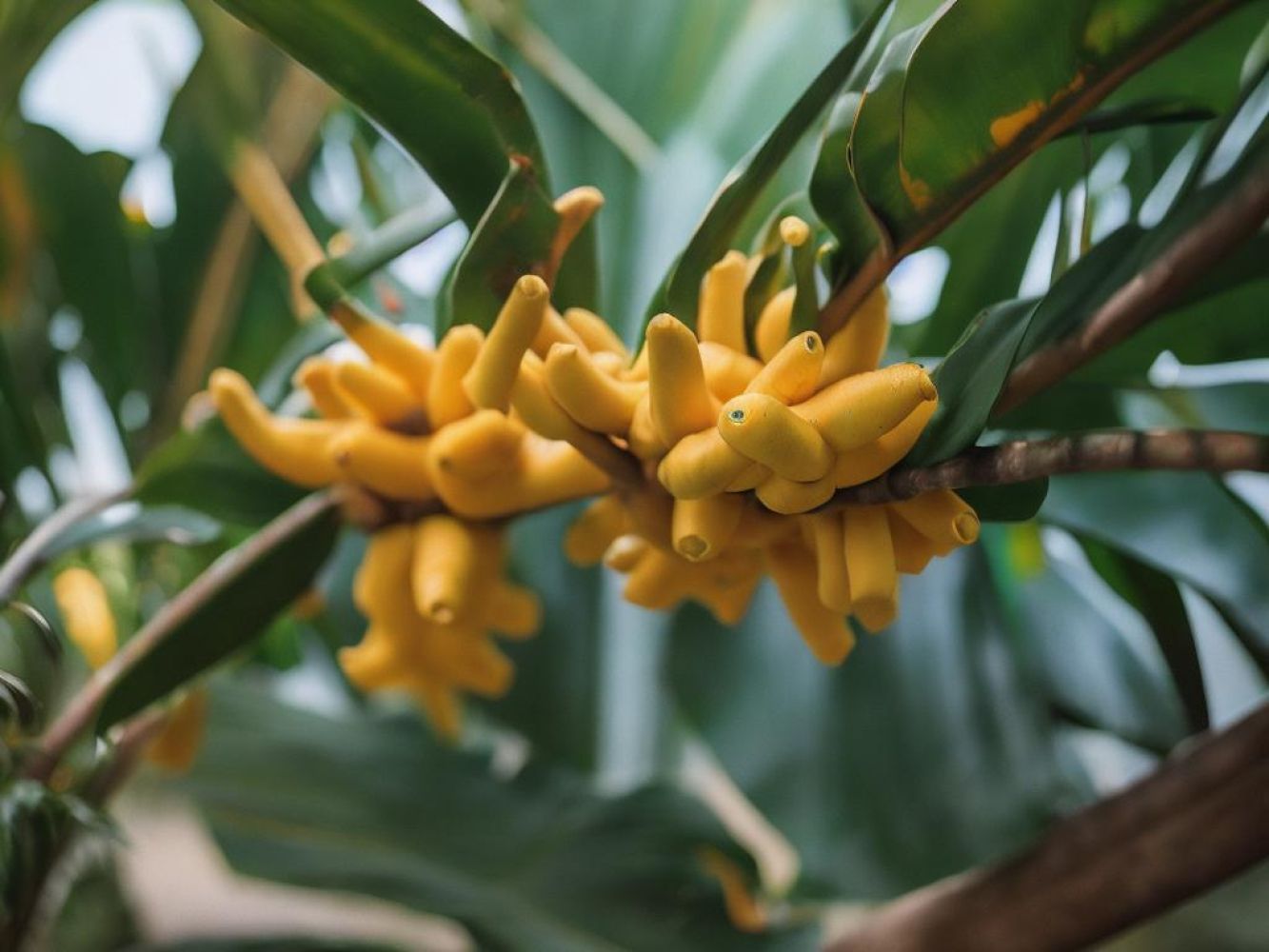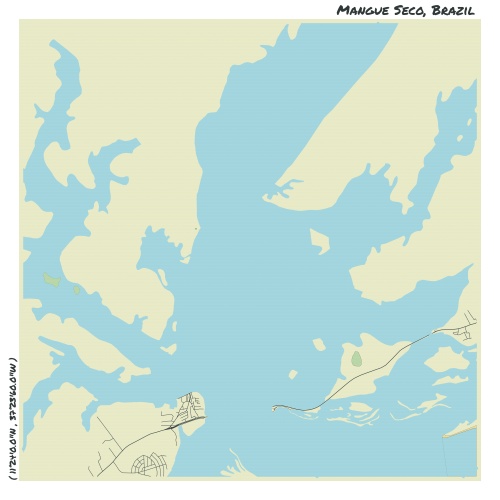Understand
Indulge in the tranquility of Mangue Seco, a picturesque beach village that beckons with its small-town charm and a population of around 300. As you step onto the golden shores, you'll feel a sense of serenity wash over you. Lose yourself in the soothing sound of crashing waves and let your worries melt away. Mangue Seco offers an idyllic escape from the hustle and bustle of city life. With its untouched beauty and peaceful ambiance, it's the perfect destination for those seeking a quiet retreat. Take a leisurely stroll along the coastline, immerse yourself in the local culture, and savor the simple pleasures that this hidden gem has to offer.
Map & Climate
Popular Foods
 Feijoada is a traditional Brazilian stew made with black beans and various meats, typically including pork, sausage, and beef. It's cooked slowly with onions, garlic, and spices, resulting in a rich and hearty dish. Often served with white rice, orange slices, and farofa (toasted cassava flour).
Feijoada is a traditional Brazilian stew made with black beans and various meats, typically including pork, sausage, and beef. It's cooked slowly with onions, garlic, and spices, resulting in a rich and hearty dish. Often served with white rice, orange slices, and farofa (toasted cassava flour).  Pão de queijo, also known as Brazilian cheese bread, is a popular snack or appetizer made with tapioca flour and cheese. These small, round balls have a crispy exterior and a soft, cheesy interior. Commonly filled with cheese like mozzarella or minas cheese, they can be enjoyed warm or cold.
Pão de queijo, also known as Brazilian cheese bread, is a popular snack or appetizer made with tapioca flour and cheese. These small, round balls have a crispy exterior and a soft, cheesy interior. Commonly filled with cheese like mozzarella or minas cheese, they can be enjoyed warm or cold.  Moqueca is a seafood stew originating from the northeastern region of Brazil. It consists of fresh fish, shellfish, coconut milk, onions, tomatoes, and regional spices, cooked in a single pot. Usually served with white rice, it showcases the abundance of seafood found along Brazil's extensive coastline.
Moqueca is a seafood stew originating from the northeastern region of Brazil. It consists of fresh fish, shellfish, coconut milk, onions, tomatoes, and regional spices, cooked in a single pot. Usually served with white rice, it showcases the abundance of seafood found along Brazil's extensive coastline. 




Comments
NO COMMENTS